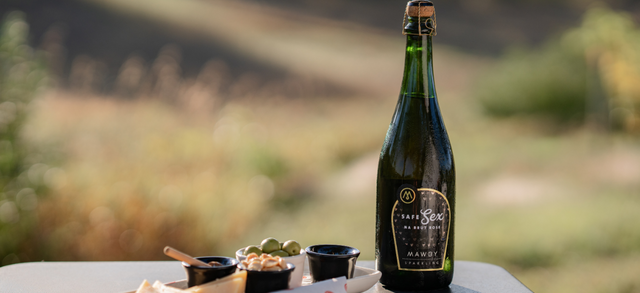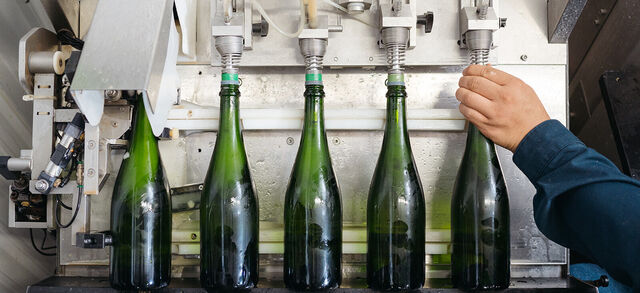
Is Non-Alcoholic Wine Good for You?
2 min read
2 min read
Fresh, fruity, and full of life — that’s the Cuve Close method. And on National Prosecco Day, we’re giving it the attention it deserves.
You’ve probably heard of Prosecco, the bright, bubbly Italian wine that’s basically sunshine in a glass. But what you may not know is that Prosecco owes its signature style to the Charmat method — also known as Cuve Close, Tank Method, or in Italy, Metodo Martinotti.
Whatever name you use, it all boils down to this: grapes + stainless steel + a little science = a whole lot of fresh, lively bubbles.
Let’s rewind to 1895, when Italian winemaker Federico Martinotti developed a new way to make sparkling wine using large pressurized tanks instead of individual bottles. It was faster, more affordable, and — most importantly — preserved the delicate fruit and floral notes of aromatic grape varieties like Glera (the grape behind Prosecco).
In 1907, French inventor Eugène Charmat refined the process further and patented it under his name. Thus, the Charmat method was born — and bubbly wine would never be the same.
The Cuve Close method starts with a still base wine, which is blended in a large stainless steel pressure tank. Then, winemakers add a mixture of yeast and sugar (called the liqueur de tirage) to kick off a second fermentation — just like in traditional sparkling winemaking.
But here’s the twist: Instead of trapping bubbles inside individual bottles (like in Méthode Champenoise), the wine ferments entirely in the tank. The carbon dioxide produced during fermentation is locked in under pressure, naturally carbonating the wine. Once fermentation is complete, the wine is filtered, dosed, and bottled — all while keeping things clean, fresh, and fuss-free.
The process takes just a few weeks (instead of several months or years), and the wine goes straight from tank to bottle with no extended aging.
The Charmat method is all about preserving the purity of fruit. With no oak aging or contact with yeast sediment, the final wines are crisp, aromatic, and ready to drink. It’s the perfect method for showcasing grapes like Riesling, Moscato, and Glera — varietals with expressive floral and fruity personalities that shine brightest without interference.
And let’s not forget the bubbles — wines made in this style typically sit at 2–4 atmospheres of pressure (compared to 5–7 for traditional method), giving them a softer, more delicate fizz.
At MAWBY, the Cuve Close method is a core part of what we do. We currently have several sparkling wines made in this style — all designed to be approachable, fruit-forward, and ridiculously easy to enjoy.
From dry to off-dry, pink to white, these wines are perfect for:
So this National Prosecco Day, we’re raising a glass to the method behind the bubbles — the one that makes wines like our iconic Sex and beloved Sandpiper possible, and keeps our fridge stocked with bright, joyful fizz.
Here’s to the Cuve Close method — simple, delicious, and definitely worth celebrating.
Other News
See More News
